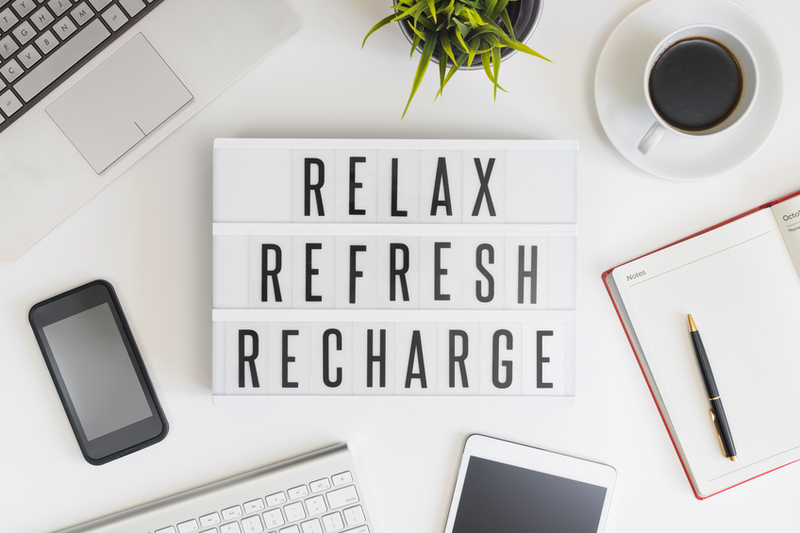Stress Relief for Students
According to a study done by New York University, 49 percent of high schoolers feel intense stress on a daily basis.
Additionally, 30.1 percent of college students experience overwhelming stress, according to the American College Health Association.
With stress so prevalent in education there is a rising need for effective and unique ways to eliminate it. Here are some techniques and remedies to help students reduce stress and anxiety.
• Tai Chi: This is an active form of meditation. You move your body in slow, fluid, and purposeful patterns while focusing on your deep breathing.
• Transcendental Meditation: This is a very simple technique that you can do anywhere. You repeat a word or a phrase, using the same pace, diction, and tone, over and over again. It allows you to relax because instead of focusing on the stresses in your environment you are zoned in on one, never changing, idea. This technique is also preferable because it does not take much concentration so it is easy to snap out of. Once you feel a little calmer you can quickly return to the tasks of the day.
A Dot of Nitrocellulose
Also known as a dot of nail polish, this an easy to way force yourself to slow down throughout the day. SheKnows claims that painting a small circle of nail polish on your phone will help reduce stress. Every time you look at the dot it will serve as a reminder that you are in control and all you have to do is take a deep breathe.Less Lattes
I know that for many people caffeine, and especially coffee, is the go to way to prepare for the day. However, according to NowLoss, caffeine acts as a stimulant, making you feel more adrenalized and thus more susceptible to stress. Instead, you should drink beverages with less caffeine, like herbal teas, and rely mostly on water to keep you hydrated.Breathe In, Breathe Out
The Mayo Clinic describes meditation as a way to reduce your stress in the moment as well as to prepare you for the rest of the day. The best part about meditation in that there is no one way to do it; you can choose the style that best fits your lifestyle. Some types of mediation include: • Guided Meditation: Usually assisted by an instructor, you visualize places or situations that you find relaxing. The goal of this exercise is to make the image so vivid that you can sense the specifics of the place, sights, smells, textures, feelings, inside your mind.• Tai Chi: This is an active form of meditation. You move your body in slow, fluid, and purposeful patterns while focusing on your deep breathing.
• Transcendental Meditation: This is a very simple technique that you can do anywhere. You repeat a word or a phrase, using the same pace, diction, and tone, over and over again. It allows you to relax because instead of focusing on the stresses in your environment you are zoned in on one, never changing, idea. This technique is also preferable because it does not take much concentration so it is easy to snap out of. Once you feel a little calmer you can quickly return to the tasks of the day.
